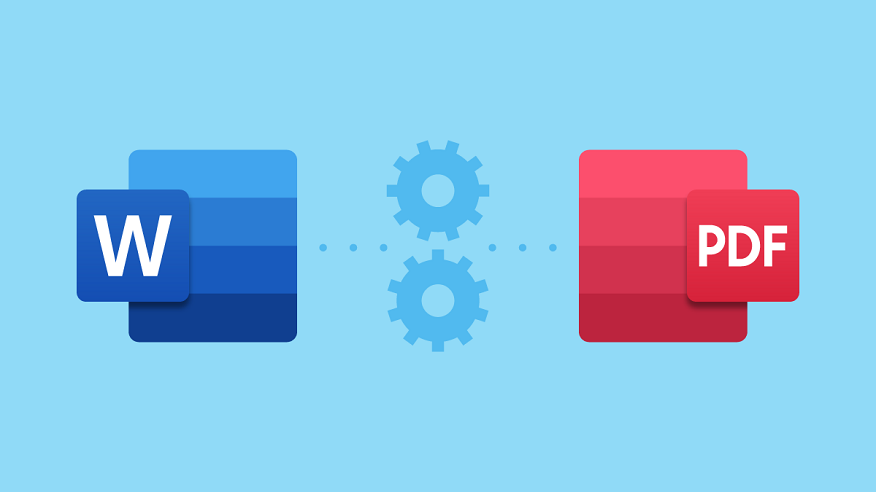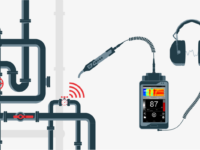Monitoring and Reporting Tools for Office Sustainability: Navigating the Path to Green Practices

In the ever-evolving landscape of sustainable practices within office environments, the integration of advanced monitoring and reporting tools plays a pivotal role. As offices strive to minimize their environmental footprint, the use of sophisticated software and technologies becomes indispensable. This article explores the significance of monitoring and reporting tools for office sustainability, shedding light on their transformative impact and the journey towards continuous improvement.
The Shift from Paper to Digital: Transforming Work Processes
The initial step towards sustainable office practices often involves a fundamental shift from traditional paper-based workflows to digital processes. Converting documents from Word to PDF, for instance, is not merely a matter of file format; it symbolizes a broader transition toward a paperless office. This shift not only reduces reliance on paper resources but also sets the stage for implementing monitoring and reporting tools seamlessly.
Understanding Monitoring and Reporting Tools
Understanding Monitoring and Reporting Tools signifies delving into the technological backbone driving sustainability initiatives. These tools serve as the pillars empowering organizations to track, analyze, and communicate their environmental impact effectively. Exploring their functionalities illuminates the transformative potential they hold in guiding businesses towards greener practices and fostering transparency in their sustainability endeavors.
Monitoring Tools: Real-time Insight into Resource Consumption
Modern offices deploy monitoring tools to track and analyze resource consumption in real-time. These tools cover a spectrum of parameters, including energy usage, water consumption, and waste generation. By continuously monitoring these metrics, offices gain valuable insights into their environmental impact, identifying areas for improvement and optimizing resource utilization.
Reporting Tools: Communicating Progress and Impact
Equally essential are reporting tools, which enable offices to communicate their sustainability efforts transparently. Through comprehensive reports, organizations can showcase achievements, set benchmarks, and articulate future goals. These reports serve as a medium for internal and external stakeholders to understand the commitment of the office towards sustainability, fostering a culture of accountability.
Key Features of Monitoring and Reporting Tools
Data Visualization
Sophisticated tools offer visually appealing and comprehensible data visualizations. Graphs, charts, and dashboards provide a quick overview of sustainability metrics, facilitating easy interpretation and decision-making.
Integration Capabilities
The seamless integration of monitoring and reporting tools with existing office systems is crucial. This ensures that data collection is automated, reducing manual effort and ensuring accuracy in reporting.
Benchmarking and Goal Tracking
Effective tools allow offices to set sustainability goals, benchmark their performance against industry standards, and track progress over time. This feature encourages a dynamic approach to improvement.
User-Friendly Interfaces
User-friendly interfaces enhance accessibility for employees at all levels. Intuitive dashboards empower users to navigate through sustainability data effortlessly, promoting widespread engagement.
Benefits of Implementing Monitoring and Reporting Tools
Enhanced Resource Efficiency
By providing real-time insights, these tools empower offices to identify inefficiencies promptly. Whether it’s excessive energy consumption or water wastage, immediate awareness enables swift corrective actions, optimizing resource efficiency.
Cost Savings
Efficient resource management, prompted by monitoring tools, translates into direct cost savings. Offices can identify areas where unnecessary expenses occur and implement measures to mitigate financial impacts.
Environmental Impact Reduction
The ability to monitor and report on sustainability initiatives contributes significantly to reducing an office’s overall environmental impact. This includes a decrease in carbon emissions, water usage, and waste generation.
Compliance and Certification
Many monitoring and reporting tools align with industry standards and certifications related to sustainability. Adopting such tools positions offices for compliance with environmental regulations and enhances their eligibility for certifications, reflecting a commitment to responsible business practices.
Challenges and Considerations
While the benefits are substantial, implementing monitoring and reporting tools comes with its set of challenges. Initial costs, the learning curve associated with new technologies, and the need for ongoing maintenance are considerations offices must navigate. However, these challenges are outweighed by the long-term advantages of fostering a sustainable and responsible corporate image.
Conclusion: Navigating the Path to Green Practices
In conclusion, monitoring and reporting tools are indispensable assets on the journey towards sustainable office practices. The shift from traditional processes, such as converting Word documents to PDF, signifies a broader commitment to reducing environmental impact. As offices embrace advanced technologies, they not only enhance resource efficiency and reduce costs but also contribute significantly to global sustainability goals. The continuous improvement facilitated by these tools positions offices as proactive contributors to a greener and more responsible future.






